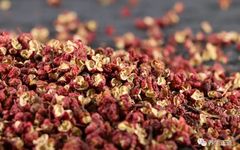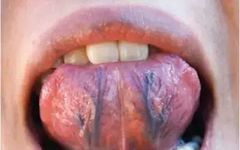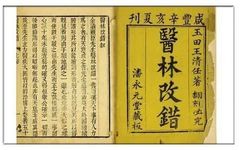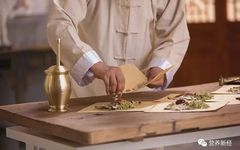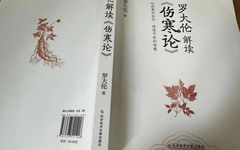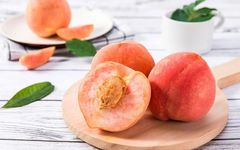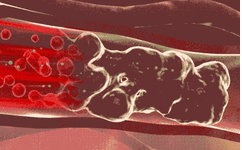Six Manifestations of Blood Stasis in the Body
↑ Click the above 【Health Preservation Path】 to follow us ↑ Introduction: Blood stasis is one of the common pathogenic factors in Traditional Chinese Medicine (TCM). From a TCM perspective, diseases such as stroke, coronary heart disease, tumors, and liver cirrhosis are all related to blood stasis. What manifestations indicate the presence of blood stasis … Read more

